The history of BRE: a timeline - BRE Group - BRE Group
The history of BRE: a timeline
At BRE, our purpose is to contribute to a thriving and sustainable world by developing science-led solutions to built environment challenges. We are the world’s first building research organisation and were formed by pioneering scientists in 1921. For over a century, BRE has been honing its expertise to improve almost every aspect of the built environment and tackle challenges like safety and climate change. Here’s some of the key moments where we’ve made a positive impact.
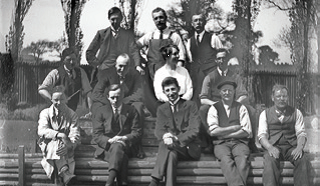
1921: building science pioneers accelerate ‘homes for heroes’
In 1921, the government invested £4,000 in converting some old wooden huts in East Acton, west London, into chemical laboratories and engineering workshops. BRE was born – though it was known as the Building Research Station until 1972. After the First World War there were strong expectations that reconstruction would raise living standards and provide better quality housing, particularly for the returning soldiers and their families – the politicians talked of ‘homes fit for heroes’. But it was recognised that UK technology was lagging behind that of other countries, and more research into building materials and methods of construction was needed. BRE was set up to meet this need, and the enthusiastic young staff were pioneers in developing and applying the new science of building.
1925: the beginnings of the BRE Science Park
In 1925, BRE moved to its current headquarters near Watford, a Victorian estate with a house, stables and 38-acres of parkland. The elegant house, known as ‘the mansion’, is still in use and the stable block has been refurbished as the Living with Dementia and Flood Resilient homes in the BRE Science Park. The site was soon found to be too small and land was added – the total area occupied by BRE today is around 70 acres.

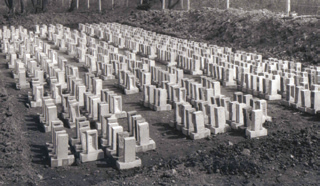
1932: materials expertise used to refurbish the Houses of Parliament
There was a strong focus on the suitability and resilience of construction materials at this time, and in 1932 BRE published the milestone reference work, ‘Weathering of natural stone’. BRE’s expertise in this area helped a major refurbishment of the Houses of Parliament, and prevented the use of an unsuitable stone that would have caused the repairs to quickly fail.
The 1930s was a time of rapid growth for BRE. Work started on soil mechanics, and new buildings were erected for heating and ventilation research and physics testing. A weathering test on bricks was begun – it was one of the earliest trails on building materials designed on a statistical basis, and BRE was one of the first research bodies to use statistical methods systematically. By 1936 staff numbers had grown to more than 200.
1940: BRE creates model of Mohne Dam
Barnes Wallis approached Road Research Laboratory in October 1940, to discuss the possibility of attacking enemy dams, including the Mohne Dam. A team was set up under Dr A R Collins. In a document written by Davey in 1993, he recalls that in late 1940, William Glanville brought Barnes Wallis to the BRS site at Garston for a secret meeting where Wallis’ plans to attack the Mohne and Eder dams were outlined. At that meeting, it was decided that the most effective way to determine the weight of explosive needed, and optimum location to detonate it to breach the dam, was to construct and test a scale model. Davey agreed to build this at BRS, and work began in November 1940.
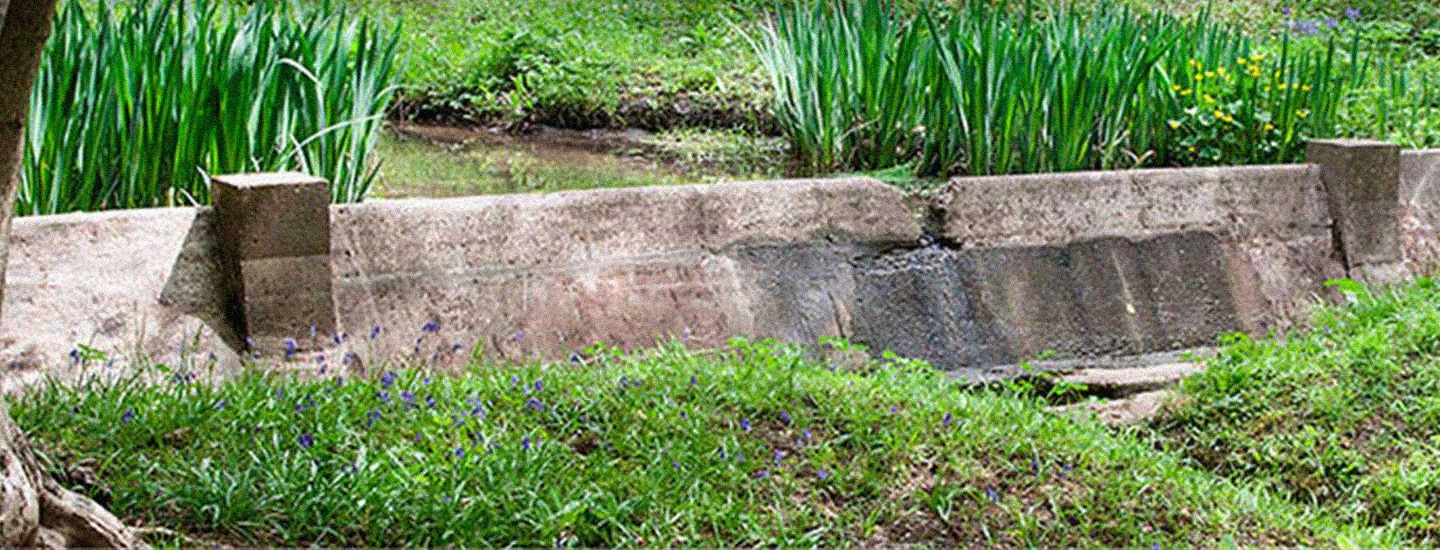
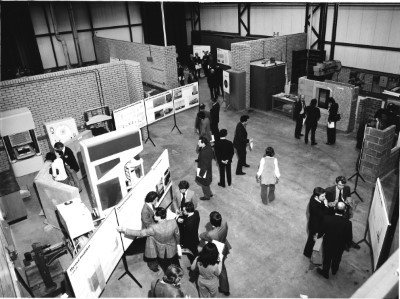
1949: Scottish building research established
In 1949, a new BRE office opened at East Kilbride near Glasgow. BRE Scotland focuses on the issues that differing building materials, techniques, and particularly climate and climate change has on construction in Scotland.
1950s: supporting the safety of new technology
The Second World War left UK housing in a poor state, with no building development for six years and 20% of pre-war buildings destroyed or badly damaged. Post-war governments embarked on ambitious building programmes that often required new technological and design skills, including those for tall building construction. BRE’s work to support these programmes included a new focus on the analysis and design of buildings with one major project, for example, examining the economic, accurate and reliable use of rigid steel frames in tall buildings. Building services were also addressed, including the development of single stack drainage systems for multi-storey flats. The construction of multi-storey housing was also helped by BRE’s introduction of tower cranes to the UK which, along with the special handling equipment developed for use with them, dramatically improved efficiency in handling materials on building sites.
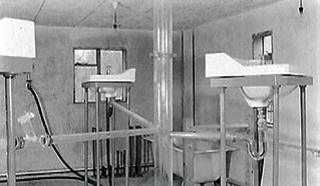
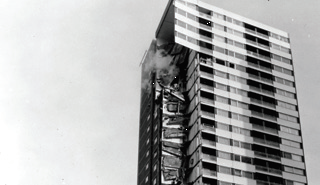
1966: structures laboratory and the first national building regulations in the UK.
BRE’s continued expansion included a new structures laboratory that opened in 1966. Within this large enclosed space, it is possible to test and trial full-scale building elements under laboratory conditions. For example, it can accommodate a four-storey building and simulate conditions ranging from floods to earthquakes. The 1960s saw the adoption of the first national building regulations, initially in Scotland and then in England and Wales (and in Northern Ireland in 1973). Working closely with government and other partners, BRE has participated in the preparation of a great many national and international standards and building codes – including the building regulations – and is still very much involved in this work.
1972: timber and fire safety experts join BRE
In 1972 the Forest Products Research Laboratory (FPRL) at Princes Risborough in Buckinghamshire, and the Fire Research Station (FRS) at Elstree in London, were amalgamated with the Building Research Station to form the Building Research Establishment – now known simply as BRE. The FPRL staff and facilities moved to BRE’s Watford site in 1988, and were joined there by FRS in 1994.

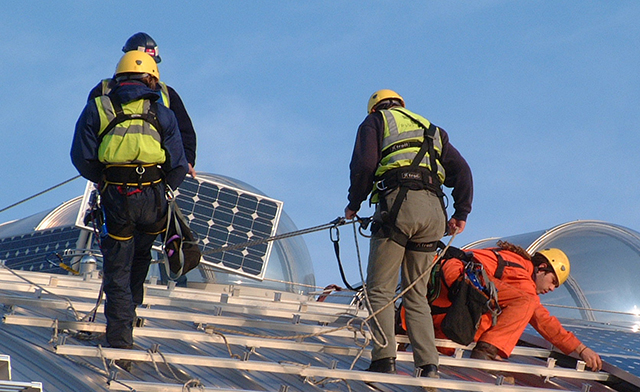
1985: climate change becomes our focus
In 1985 scientists at the World Climate Program conference predicted that increased CO2 concentrations would lead to significant rises in mean temperatures. 1987 was the hottest year on record, and three years later the 1980s was confirmed as the hottest decade since records began. With buildings responsible for an estimated 42% of UK CO2 emissions, reducing the built environment’s impact on climate change becomes an increasing focus of BRE’s work.
1990: BRE launches sustainability assessment method, BREEAM
The first BREEAM scheme was launched in 1990 to help reduce the harmful impacts of building development on the environment. BREEAM becomes a key force in the drive for greater built environment sustainability, and is now the most widely used environmental assessment method for buildings, infrastructure and communities in the world, with millions of buildings certified worldwide.
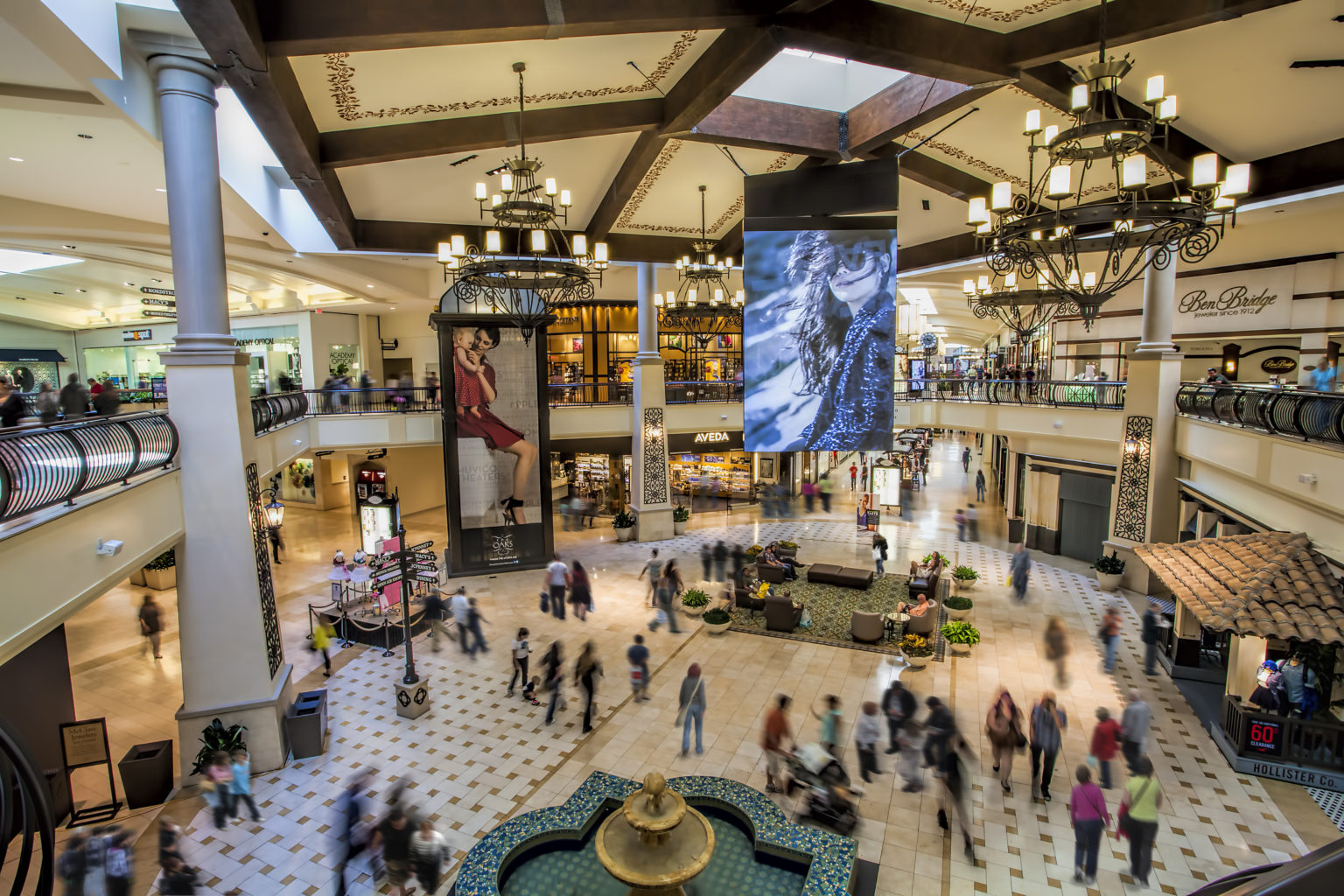

1993: fire research in space
In 1993, fire research staff from BRE took part in a project for the European Space Agency (ESA) to study fire safety in space, working in zero gravity conditions created during steep curving parabolic flights. This work was part of preparations to send the ESA’s manned laboratory to the International Space Station aboard the space shuttle Atlantis.
1997: independence and profit for purpose
In 1997 BRE was privatised by the UK Government. To retain the authority and independence that BRE had developed while publicly funded, a new body – which became the BRE Trust – was formed to own BRE. The BRE Trust includes representatives from all built environment industries so that BRE is never driven in any particular direction by commercial pressures. The Trust is a registered charity with a mission to support built environment research for the public benefit making BRE a profit for purpose organisation.
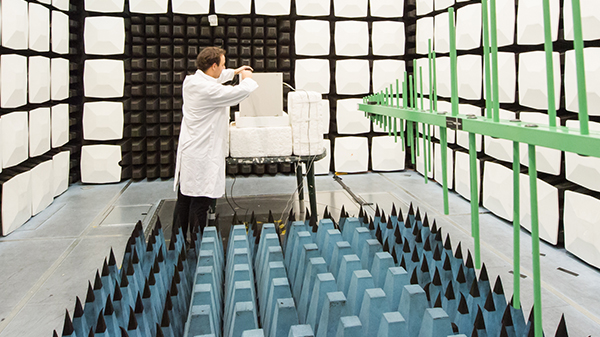
Get in touch
For more information, call us on +443333218811, email us at enquiries@bregroup.com or use the online form.
Contact usSign up to our newsletters
Get the latest updates and offers on our products, events, standards and qualifications.
Sign up